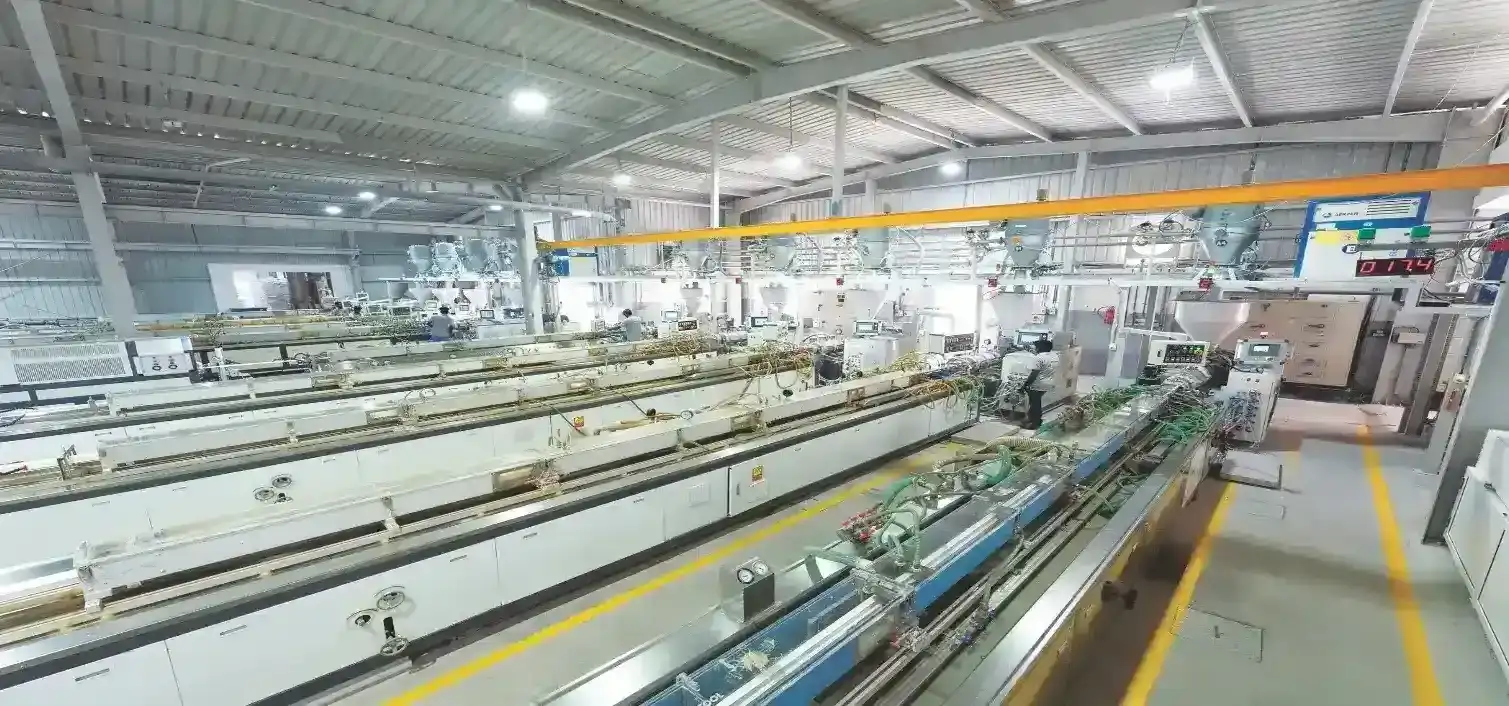Advantages And Disadvantages Of Aluminium Facade Systems: A Technical Overview
The modern architectural landscape is increasingly defined by innovative building envelopes that combine aesthetics with functionality. Aluminium façade systems have emerged as a cornerstone of contemporary architecture, offering a blend of performance, design flexibility, and sustainability. This article explores various aspects of aluminium façade systems, examining their types, benefits, challenges, and future directions.
Types Of Aluminium Façade Systems
Curtain Wall Systems Modern curtain walls create nonstructural, weather-resistant envelopes around buildings. These systems typically comprise aluminium frames with glass or panel infills and can be classified into three main categories. Stick systems consist of field-assembled components, whereas unitised systems use factory-assembled modular units. Semi-unitised systems, a hybrid approach, combine aspects of both methods.
Window Wall Systems
Installed between floor slabs, window walls offer a cost-effective solution for mid-rise buildings while maintaining aesthetic appeal. These systems are particularly popular in commercial and residential developments due to their practicality and versatility.
Double-Skin Façades
Double-skin façades feature two layers of glazing with an air cavity between them, which enhances thermal and acoustic performance. They are increasingly adopted in regions experiencing extreme weather conditions to improve energy efficiency and occupant comfort.

Advantages Of Aluminium Façade Systems
Structural Benefits Aluminium façade systems provide an exceptional strength-to-weight ratio, enabling larger spans and greater design flexibility. They exhibit high durability and resistance to weathering, ensuring long-term performance. These systems maintain dimensional stability across temperature variations and offer excellent load-bearing capabilities while remaining lightweight.

Environmental Performance
When properly designed, aluminium façades offer superior thermal insulation, contributing to improved energy efficiency. The inclusion of thermal break technology further enhances their performance. Aluminium is fully recyclable and sustainable, with a lower carbon footprint compared to traditional materials.
Design Flexibility
Aluminium façade systems offer versatile aesthetic options through various finishes and surface treatments. Their adaptability allows for the accommodation of complex geometric designs while integrating seamlessly with different glazing and panel options. Custom solutions can also be developed to meet unique architectural requirements.
Economic Advantages
These systems require minimal maintenance, ensuring long-term cost-effectiveness. Their extended service life adds to their economic appeal, while modern fabrication methods help reduce installation time. Overall, aluminium façade systems offer a cost-effective lifecycle performance, making them a viable choice for many projects.

Challenges And Considerations
Technical Aspects
One of the primary challenges of aluminium façade systems is their thermal conductivity, which requires careful design to minimise heat transfer. There is also the potential for galvanic corrosion when aluminium comes into contact with certain metals. Additionally, installation procedures can be complex and require skilled labour. Compared to alternative materials, aluminium façades may have higher initial costs, which need to be considered during project planning.
Design Parameters
Designing aluminium façade systems requires careful consideration of thermal expansion to prevent material deformation. Specialised expertise is often necessary to ensure optimal system performance. The quality of installation plays a crucial role in overall performance, while weather-sealing can present challenges, particularly in extreme environmental conditions.
Latest Trends And Innovations
Smart Façade Technology Modern aluminium façades are increasingly incorporating intelligent systems that enable environmental adaptation, enhance occupant comfort, integrate with building management systems, and support energy harvesting capabilities. Sustainable Solutions Sustainability is a growing focus in façade system design. Contemporary aluminium systems incorporate increased recycled content, improved thermal performance, and renewable energy integration while ensuring compliance with green building certifications.

Material Innovations
Recent developments in materials have led to advancements such as improved thermal break technologies, enhanced surface treatments, self-cleaning coatings, and low-maintenance finishes. These innovations contribute to better durability and long-term performance.
Digital Integration
The façade industry is embracing digital transformation through the integration of Building Information Modelling (BIM), automated manufacturing processes, digital twin technology, and performance prediction modelling. These advancements are improving precision, efficiency, and sustainability in façade system design and execution.
Future Outlook
Enhanced Sustainability
The future of aluminium façade systems is expected to focus on zero-carbon manufacturing processes and advanced recycling methodologies. Innovations will likely include the integration of biodegradable components and further improvements in energy efficiency.
Advanced Materials
Material advancements are expected to bring nano-engineered surfaces, adaptive smart materials, and hybrid material systems into widespread use. These innovations will contribute to enhanced structural capabilities, making façades more resilient and efficient.
Digital Evolution
The continued digitalisation of façade systems will introduce predictive maintenance, automated optimisation, and enhanced user interaction, improving long-term performance & operational efficiency.

Conclusion
Aluminium façade systems continue evolving, offering increasingly sophisticated solutions for modern architecture. While challenges exist, ongoing innovations in materials, technology, and design are expanding possibilities for sustainable, high-performance building envelopes. As we move forward, the integration of smart technologies and sustainable practices will further strengthen aluminium facades’ position in contemporary architecture.



















